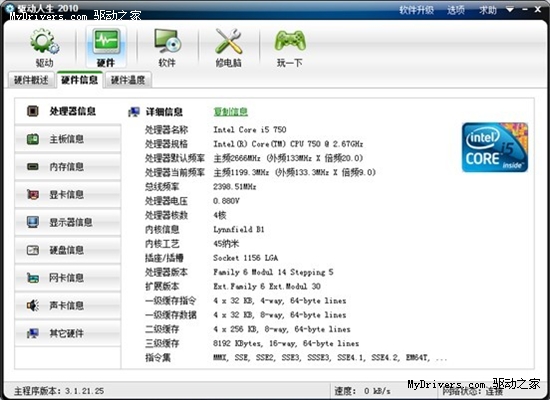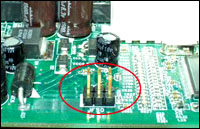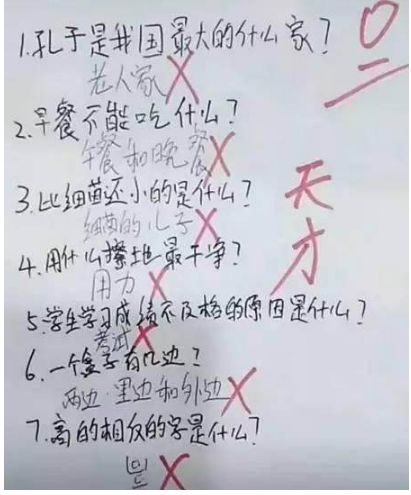原型模式说明
说明:使用原型实例来 拷贝 创建新的可定制的对象;新建的对象,不需要知道原对象创建的具体过程;
过程:Prototype => new ProtoExam => clone to new Object;
使用相关代码:
function Prototype() {
this.name = '';
this.age = '';
this.sex = '';
}
Prototype.prototype.userInfo = function() {
return '个人信息, 姓名: '+this.name+', 年龄: '+this.age+', 性别:'+this.sex+'<br />';
}
现在需要两个或以上的个人信息内容:
var proto = new Prototype();
var person1 = Object.create(proto);
person1.name = '小明';
person1.sex = '男';
person1.age = 35;
person1.userInfo();
//
var person2 = Object.create(proto);
person2.name = '小华';
person2.sex = '女';
person2.age = 33;
person2.userInfo();
输出返回:
个人信息, 姓名: 小明, 年龄: 35, 性别: 男
个人信息, 姓名: 小华, 年龄: 33, 性别: 女
原型模式,一般用于 抽象结构复杂,但内容组成差不多,抽象内容可定制,新创建只需在原创建对象上稍微修改即可达到需求的情况;
Object.create 使用说明
1>. 定义: 创建一个可指定原型对象的并可以包含可选自定义属性的对象;
2> Object.create(proto [, properties]); 可选,用于配置新对象的属性;
1. proto: 要创建新对象的 原型,必须,可为 null; 这个 proto 要是已经创建的[new过],或 对象.prototype 才有价值;
2. properties: 可选,结构为:
{
propField: {
value: 'val'|{}|function(){},
writable: true|false,
enumerable: true|false,
configurable: true|false,
get:function(){return 10},
set:function(value){}
}
}
自定的属性有以下的四种本置属性:
value: 自定义属性值;
writable: 该项值是否可编辑,默认为 false, 当为 true 时,obj.prodField 可赋值;否则只读;
enumerable: 可枚举;
confirurable: 可配置;
还可以包含 set, get 访问器方法;
其中,[set, get] 与 value 和 writable 不能同时出现;
1. 创建原型对象类:
function ProtoClass(){
this.a = 'ProtoClass';
this.c = {};
this.b = function() {
}
}
创建原型方法:
ProtoClass.prototype.aMethod = function() {
//this.a;
//this.b();
return this.a;
}
使用方法
1. 以 ProtoClass.prototype 创建一个对象;
var obj1 = Object.create(ProtoClass.prototype, {
foo:{value: 'obj1', writable: true}
})
obj1 就具有 ProtoClass 原型方法 aMethod 的方法;
obj1.aMethod();
//就会输出 undefined 方法可访问,ProtoClass 成员无法访问
但是这种方法执行不到 ProtoClass 下 a, b, c 的成员属性:
2. 采用 实例化的 ProtoClass 做原型:
var proto = new ProtoClass();
var obj2 = Object.create(proto, {
foo:{value:'obj2'}
});
这样创建的 obj2 就具有 ProtoClass 的所有的成员属性 a, b, c 以及 aMethod 原型方法; 并添加了一个 foo 只读 数据属性;
obj2.a; //ProtoClass
obj2.c: //[Object]
obj2.b(); //
obj2.aMethod(); //ProtoClass
obj2.foo; //obj2
3. 子类继承:
function SubClass() {
}
SubClass.prototype = Object.create(ProtoClass.prototype ,{
foo:{value: 'subclass'}
});
SubClass.prototype.subMethod = function() {
return this.a || this.foo;
}
这种方法可以继承 到 ProtoClass 的 aMethod 方法,执行;
var func = new SubClass();
func.aMethod() ;//undefined,读不到 ProtoClass 的成员属性,a,b,c
func.subMethod();//subclass
要让 SubClass 能读取到 ProtoClass 的成员属性,SubClass 要改下:
function SubClass()
{
ProtoClass.call(this);
}
//其他代码;
这种方法就可以获取 ProtoClass 的成员属性及原型方法;:
var func = new SubClass();
func.aMethod() ;//ProtoClass
func.subMethod();//ProtoClass
还有一种方法,就是使用 实例化的 ProtoClass 对象,做为 SubClass 的原型;
var proto = new ProtoClass();
function SubClass() {
}
SubClass.prototype = Object.create(proto, {
foo:{value: 'subclass'}
});
这样 SubClass 实例化后,就可以获取到 ProtoClass 所有的属性及原型方法,以及创建一个只读数据属性 foo;
var func = new SubClass();
func.foo; //subclass
func.a; //ProtoClass
func.b(); //
func.c; //[Object]
func.aMethod(); //ProtoClass
4. 另外的创建继承方法,跟 Object.create 使用 实例化的ProtoClass 做原型 效果一样:
function SubClass() {
this.foo = 'subclass'; //不过这边可读写
}
SubClass.prototype = new ProtoClass();
Object.create 相关说明
Object.create 用于创建一个新的对象,当为 Object 时 prototype 为 null, 作用与 new Object(); 或 {} 一致;
当为 function 时,作用与 new FunctionName 一样;
//1 Object
var o = {}
//等同于
var o2 = Object.create({});
//两者 constructor 一样;
//-----------------------------------------
function func() {
this.a = 'func';
}
func.prototype.method = function() {
return this.a;
}
var newfunc = new func();
//等同于[效果一样]
var newfunc2 = Object.create(Object.prototype/*Function.prototype||function(){}*/, {
a: {value:'func', writable:true},
method: {value: function() {return this.a;} }
});
但是 newfunc 与 newfunc2 在创建它们的对象的函数引用是不一样的.
newfunc 为 function func() {...},newfunc2 为 function Function { Native }
Object.create(proto[, propertiesField]):
proto 说明,该值为必须,可以为 null, 如果没设定,将会抛出异常;
proto 为非 null, 即为已 实例化的值,即已经 new 过的值;javaScript 中的 对象大多有 constructor 属性,这个属性说明 此对象是通过哪个函数实例化后的对象;
propertiesField 为可选项,设定新创建对象可能需要的成员属性或方法;















